OBP ocean plastic certification is divided into three types of ocean plastics
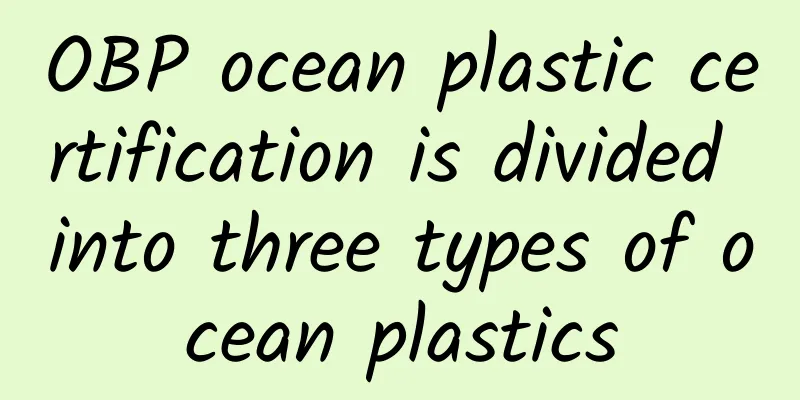
|
OBP marine plastic certification, marine plastic does not refer to plastic waste in the ocean. The purpose of OBP marine plastic certification is to prevent "potential plastic waste that has not officially entered the ocean" from entering the ocean and causing pollution, solving the problem from the source. GRS certified recyclable waste plastics or recyclable waste does not limit the source, including waste plastics in the ocean. In order to solve the problem of marine waste from the source, the Zero Plastic Ocean Association and Shiyou jointly issued the OBP marine plastic certification. OBP divides ocean plastics into three types of ocean plastics: 1. Potential marine plastics: from the lowest tide level to 100m in the ocean and from the lowest tide level to 50km in the land. 2. Coastline marine plastics: 200m from the highest tide level to the land, and 100m from the lowest tide level to the ocean. 3. Waterway and marine plastics: discarded plastic waste located in rivers or within 200m of the river banks. The OBP certification program is designed to encourage the removal of OBP from the environment through effective collection and treatment before it enters the ocean. The program consists of two sub-programs: the OBP Recovery Sub-Program and the OBP Neutral Sub-Program. If OBP is commercially recyclable, collection and recycling can be encouraged by demonstrating its origin and traceability, thereby giving it a higher market value. This model uses the OBP Collection Organization Standard and the OBP Recycling Organization Standard for certification for OBP Recycling subprograms. As some environmental protection concepts are deeply rooted in people's minds, many industries have joined the ranks of protecting the earth and green living. From the design of electric cars to the use of cheap materials by luxury brands, many industries have discussed "green environmental protection". Are you still worried about not passing the factory inspection? Don’t worry! Chaowang Consulting has been engaged in factory inspection and certification consulting for many years. We have rich experience and connections, and are familiar with the process and steps of factory inspection and certification. We can help companies solve certification problems at any time, easily deal with them, and pass them smoothly! Consultation phone: 021-51029391! |
>>: ISCC certification audit scope and ISCC certification initial audit focus
Recommend
Summary: The success and failure of foreign trade factory inspection
According to previous media reports, domestic cas...
What are the entry requirements for eBay sellers?
A reader asked me what are the entry requirements...
What is Campaign Monitor? What are the features of Campaign Monitor?
Campaign Monitor is a global technology company t...
National chain Leyou maternity and baby store opens in Shanghai
Leyou, the leading maternity and baby retail chai...
2013 Wal-Mart's Latest Factory Inspection Standards High-risk Items: Wage Violations
1. No salary records 2. Failure to provide bonus ...
Why is it important to become a preferred seller on Shopee?
1. Introduction to Shopee’s seven major sites 1. ...
AVE factory inspection procurement detailed guidelines - AVE factory inspection consultation special
AVE Declaration Concerning A Code of Conduct for ...
Anti-terrorism Ann Taylor factory audit documents
Anti-terrorism AnnTaylor factory audit documents ...
What is EU GMP certification? What is the significance of EU GMP certification?
What is EU GMP certification? GMP is the abbrevia...
Determination of the validity of the CE certificate
For most electronic and electrical products, as l...
Common electrical safety issues and solutions during BSCI factory inspections (V) Danger of electric shock due to exposed copper wires
Problem phenomenon: The exposed copper wire of th...
How is Yimaibao? What are the advantages of Yimaibao?
How about Yimaibao? Yimaibao is a cloud service p...
Ann Taylor_Ann Taylor factory inspection document list
Ann Taylor_Ann Taylor factory inspection document ...
Guide to opening a store on eBay, super useful information coming!
How can a novice eBay store open a store? How can...
Learn more! What are the top ten social e-commerce platforms?
2018 is known as the first year of social e-comme...
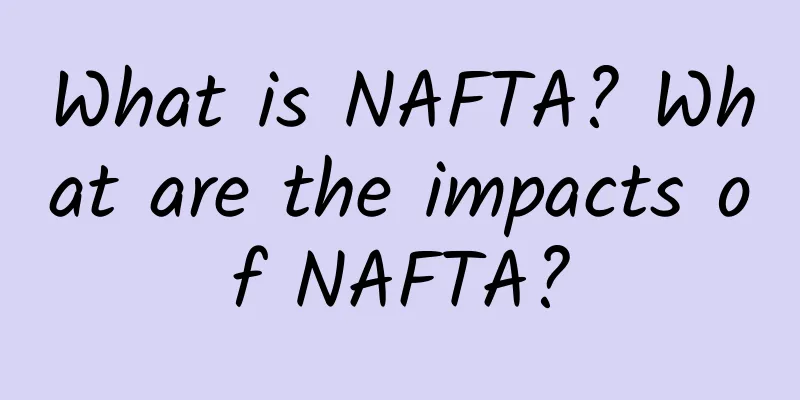
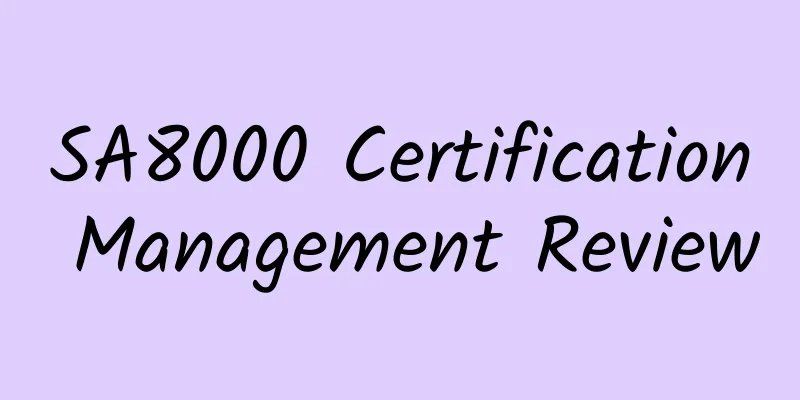
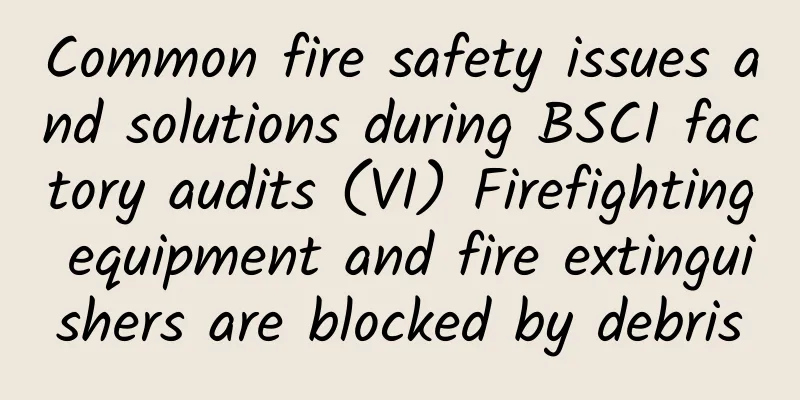
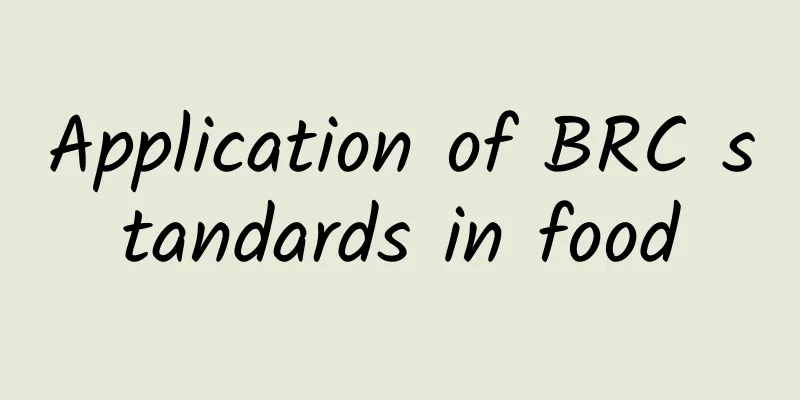
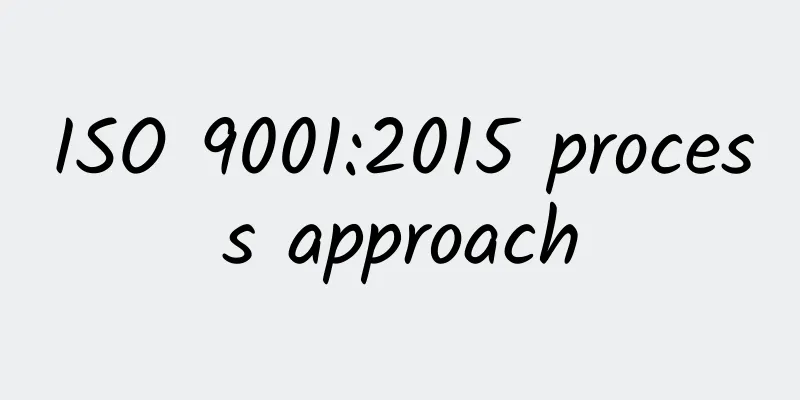
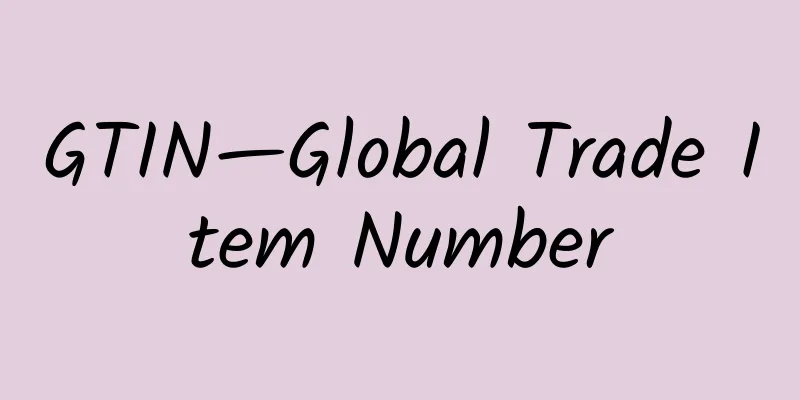

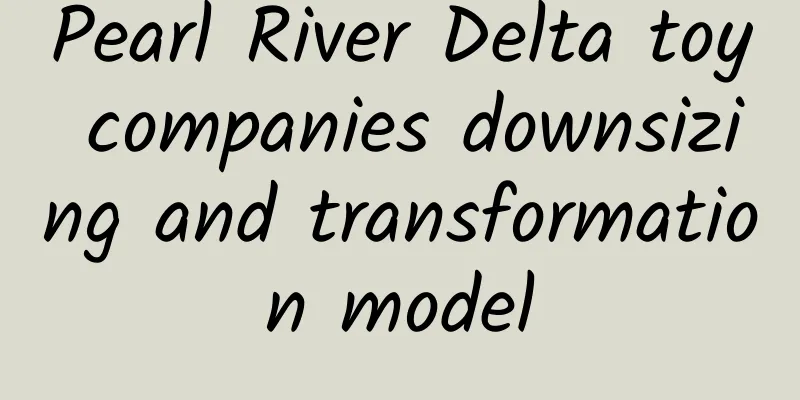
![[eBay Newbies] Introduction to Common Logistics Methods for eBay Russia](/upload/images/67c9a79c4a140.webp)
